Description
Smallmouth bass fishing is a fun and exciting sport that requires skill, patience, and the right equipment. It is found in most freshwater lakes, rivers, and streams throughout North America, and they can be fished using various techniques such as jigging, fly-fishing, trolling with crankbaits, or dropping live bait.
Environment
The environment that smallmouth bass live in is typically rocky, with a wide variety of aquatic vegetation. The most commonly found habitats for this fish are rivers and streams, but they can also be found in lakes, reservoirs, and wetlands. It prefers shallow water around rocks or logs where they can hide from predators while waiting to ambush their prey. The water temperature should be between 60 and 75 degrees Fahrenheit for optimal growth of the fish, but they can survive in temperatures up to eighty degrees. They are also known to feed aggressively when the temperature is higher than sixty degrees, making them a favorite among anglers.
Physical Characteristics
It has a unique appearance that sets them apart from other species. They possess a slender bodies, large eyes, and an upturned lower jaw. The color of this fish ranges from olive-green to brownish on the back with a white or cream underside; they also have several vertical bars on their sides which are more prominent in younger fish. The average size for this fish is usually between 12-16 inches, although larger specimens can reach up to 23 inches and weigh more than ten pounds. It is known for their fighting spirit when hooked and can put up an impressive battle, making them a prized catch among anglers.
Feeding Habits
This fish is primarily ambush predator, meaning they wait for their prey to come within striking distance before attacking. They feed on a variety of small aquatic organisms such as insects, crustaceans, and baitfish. Smallmouth bass tends to feed more during the day than at night, but can also be caught when fishing after dark with a bright light source. They can also be caught by casting lures or fly-fishing near structures or vegetation, where they are more likely to ambush their prey. Smallmouth bass is known to be aggressive feeders and will often attack lures with the same ferocity that they use on live bait.
Fishability
It is considered one of the most sought-after game fish and can be caught year-round in the right conditions. They are known to provide a great fight on lighter tackle, which makes them an exciting catch for anglers of all skill levels. Smallmouth bass is also known to hit various lures, making them accessible even when the fish aren’t actively feeding. It can be caught in a variety of locations, including rivers, streams, lakes, reservoirs, and wetlands. With a wide range of habitats available to target, smallmouth bass fishing offers anglers plenty of opportunities for success.
Why is this Fish a good mount?
Smallmouth bass is an excellent fish to mount as a trophy because of its unique appearance and impressive size. The bright colors of smallmouth bass can be captured in a lifelike replica, and many taxidermists can recreate the vibrant hues seen on live fish. Smallmouth bass also grows larger than most other freshwater species, making them the perfect trophy fish for any angler. Mounting a smallmouth bass is a great way to show off your prized catch and have a lasting reminder of your fishing success. With proper care and maintenance, an accurately detailed replica can last for many years.

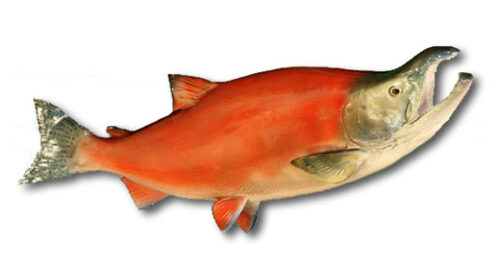
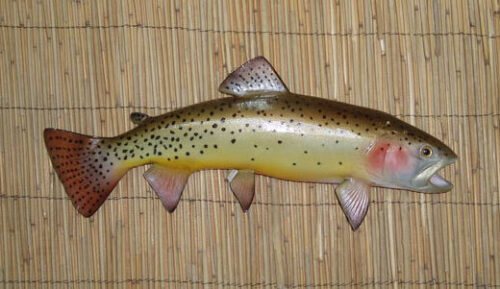
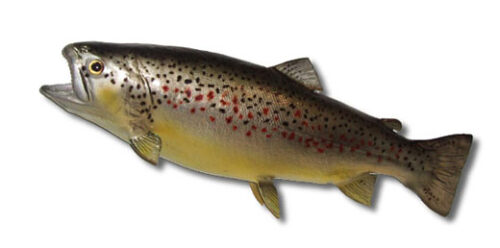
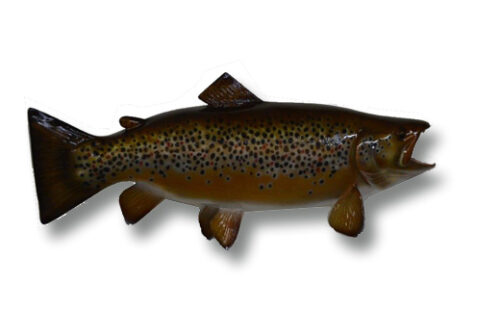
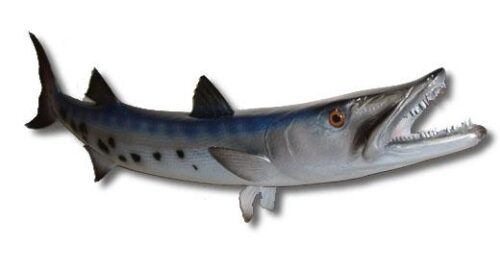
Reviews
There are no reviews yet.